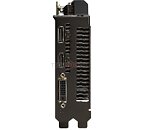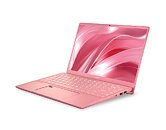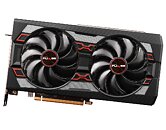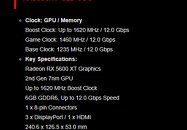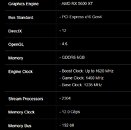
Complete Hardware Specs Sheet of Xbox Series X Revealed
Microsoft just put out of the complete hardware specs-sheet of its next-generation Xbox Series X entertainment system. The list of hardware can go toe to toe with any modern gaming desktop, and even at its production scale, we're not sure if Microsoft can break-even at around $500, possibly counting on game and DLC sales to recover some of the costs and turn a profit. To begin with the semi-custom SoC at the heart of the beast, Microsoft partnered with AMD to deploy its current-generation "Zen 2" x86-64 CPU cores. Microsoft confirmed that the SoC will be built on the 7 nm "enhanced" process (very likely TSMC N7P). Its die-size is 360.45 mm².
The chip packs 8 "Zen 2" cores, with SMT enabling 16 logical processors, a humongous step up from the 8-core "Jaguar enhanced" CPU driving the Xbox One X. CPU clock speeds are somewhat vague. It points to 3.80 GHz nominal and 3.66 GHz with SMT enabled. Perhaps the console can toggle SMT somehow (possibly depending on whether a game requests it). There's no word on the CPU's cache sizes.
The chip packs 8 "Zen 2" cores, with SMT enabling 16 logical processors, a humongous step up from the 8-core "Jaguar enhanced" CPU driving the Xbox One X. CPU clock speeds are somewhat vague. It points to 3.80 GHz nominal and 3.66 GHz with SMT enabled. Perhaps the console can toggle SMT somehow (possibly depending on whether a game requests it). There's no word on the CPU's cache sizes.








